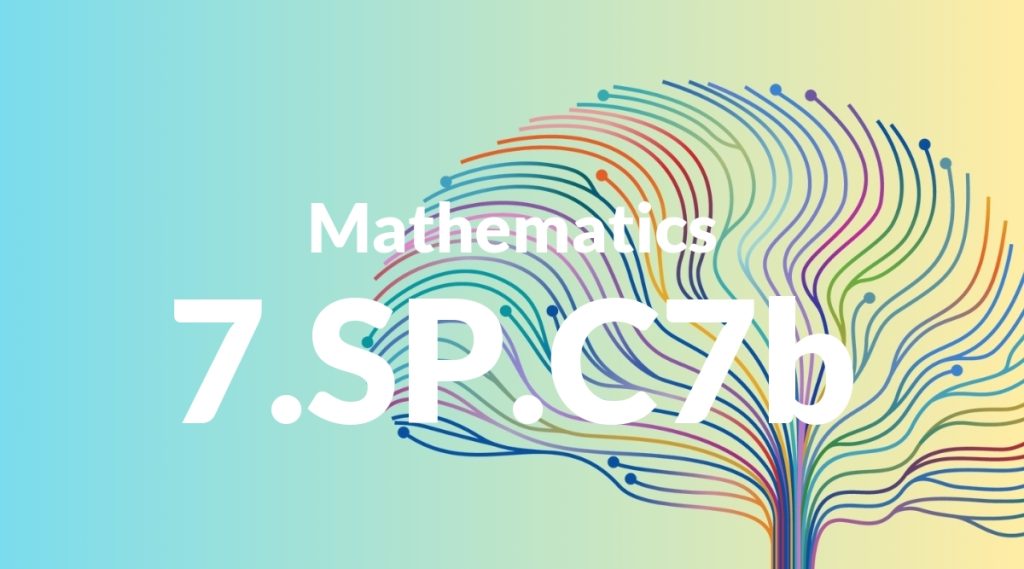Standard: 7.SP.C7b – Develop a probability model (which may not be uniform) by observing frequencies in data generated from a chance process. For example, find the approximate probability that a spinning penny will land heads up or that a tossed paper cup will land open-end down. Do the outcomes for the spinning penny appear to be equally likely based on the observed frequencies?
Grade level: Grade 7
Subject: Mathematics
Domain: Statistics & Probability
Teacher Overview
This standard focuses on developing students’ ability to create probability models based on observed frequencies from chance processes. It is crucial as it lays the groundwork for understanding more advanced statistical concepts and real-world applications of probability. Students should be comfortable with basic probability, fractions, and percentages. They should also know how to collect and organize data effectively.
Mastering this standard will enable students to apply probability models to more complex situations and understand the principles behind statistical predictions and decision-making.
Common Misconception 1
Some students might think that all probability models are uniform, meaning each outcome has an equal chance of occurring. This is incorrect because real-world scenarios often involve biased or weighted probabilities.
Intervention 1
Introduce students to hands-on activities with biased coins or weighted dice to demonstrate that not all outcomes have equal probabilities.
Common Misconception 2
Another common misconception is that small sample sizes are sufficient for developing accurate probability models. This is false because small samples may not represent the true distribution of outcomes.
Intervention 2
Conduct experiments with varying sample sizes and compare the results, emphasizing the reliability of larger datasets.
Prerequisite Knowledge
Students should have a basic understanding of fractions, percentages, and simple probability concepts. They should also be familiar with collecting and organizing data.
Subsequent Knowledge
After mastering this standard, students will be able to apply probability models to more complex scenarios, understand the law of large numbers, and use probability to make informed decisions in real-world contexts.
Instructional Activities
- Conduct experiments with coins and dice to collect data and develop probability models.
- Analyze sports statistics to predict outcomes of future games.
- Use weather data to create probability models for different weather events.
- Simulate genetic trait inheritance using probability models.
- Design and conduct surveys to generate data for probability models.




